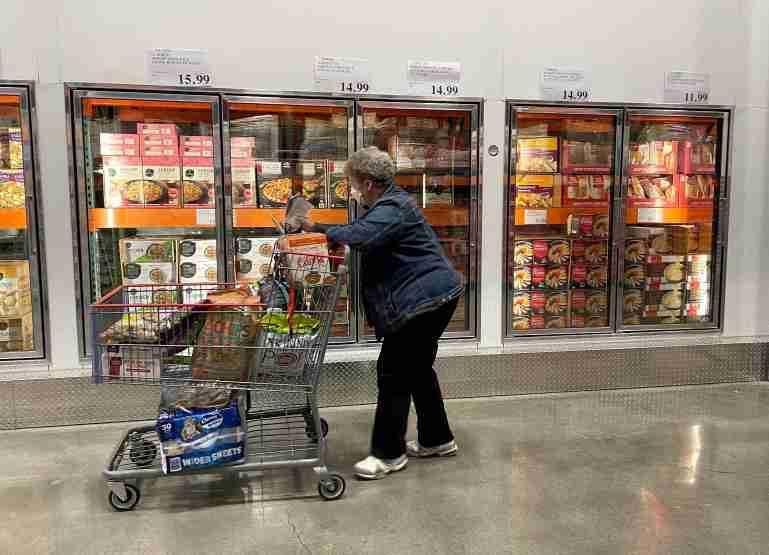
Surging interest rates are intensifying the challenges for the U.S. economy and threatening to derail the Federal Reserve’s drive to tame inflation without causing a deep recession.
Since mid-summer, the yield on the 10-year Treasury note, a benchmark for many loans, has steadily climbed, causing a spillover rise in other borrowing costs. The costs of mortgages, auto loans and credit card debt have all risen in response.
The collective impact of higher rates across the economy could also weaken the government's own finances.
The jump in longer-term rates coincides with other threats, from higher gas prices to autoworkers’ ongoing strike and the risk of a government shutdown next month, all of which could leave consumers with less money to spend to power the economy.
The strike by the United Auto Workers, now in its third week with no resolution in sight, could reduce vehicle sales in coming months.
And the threat of a government shutdown, narrowly averted this past weekend, looms large, especially given the chaos over the leadership of the House of Representatives.
The economy is coming off a robust summer, fueled by strong consumer spending on travel, concert tours and movie blockbusters.
The economy is estimated to have grown at a healthy 3.5 percent annual rate in the July-September quarter, according to economists at Goldman Sachs.
Yet growth will likely slow to a meager 0.7 percent annual rate in the final three months of the year, Goldman estimates.
But the substantial rise in borrowing costs could intensify the economy’s slowdown. Last week, the average 30-year fixed rate mortgage hit 7.3 percent, the highest rate in 23 years, according to mortgage buyer Freddie Mac.
With borrowing rates high and inflation still relatively elevated, consumers, who drive about 70 percent of economic growth, are expected to spend more cautiously.
On Oct. 3, Loretta Mester, president of the Federal Reserve Bank of Cleveland, said she and other Fed policymakers will have to consider the rise in long-term rates in deciding whether to raise their key rate once more before year's end.
Her remarks suggested that the higher borrowing costs might lead the Fed to forgo another hike.
“That will influence not only our policy decisions but how the economy evolves over the next year,” Mester said. “Those tighter, higher rates will have an impact on the economy.”
“We think the narrative is going to shift quite materially before the end of the year,” said David Page, head of macro research at AXA IM, a London-based investment manager, who expects the economy to actually shrink in the fourth quarter.
Rather than optimism for a “soft landing,” in which inflation is curbed without causing a recession, there will be renewed fears of a downturn, he said.